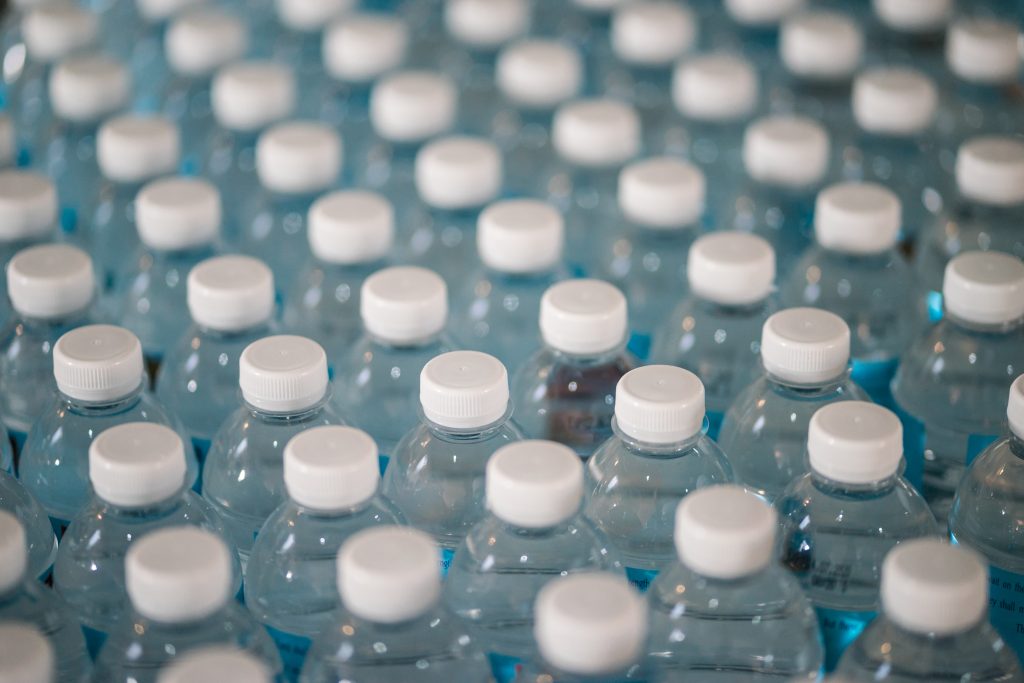Ensuring the safety of a plastic water bottle involves considering various factors related to its material, manufacturing process, and potential impact on health. Here are key aspects to help you determine if a plastic water bottle is safe:

Table of Contents
ToggleCheck the Recycling Code:
- Look for the recycling code, usually found on the bottom of the bottle. Opt for bottles with codes 1 (PET or PETE) or 2 (HDPE), as these plastics are considered safer and more recyclable.
BPA-Free Label:
- Choose bottles labeled as “BPA-free.” Bisphenol A (BPA) is a chemical commonly found in some plastics and has been associated with health concerns. BPA-free bottles use alternative materials that are considered safer.
Read the Label:
- Take time to read the label for information on the type of plastic used and any additives. Look for bottles that explicitly state they are free from harmful chemicals and adhere to safety standards.
Avoid PVC (Code 3) and Polystyrene (Code 6):
- Plastic bottles with recycling codes 3 (PVC) and 6 (polystyrene) may contain potentially harmful chemicals. It’s advisable to avoid bottles made from these materials.
Check for Clarity and Transparency:
- High-quality plastic water bottles are typically clear and free from cloudiness or discoloration. Hazy or off-color bottles may indicate lower-quality plastic or improper storage conditions.
Research the Brand:
- Look into the reputation of the brand. Established and reputable brands are more likely to adhere to strict quality and safety standards. Consider customer reviews and any certifications the brand may have.
Inspect for Damage:
- Before purchasing, inspect the bottle for any signs of damage, cracks, or irregularities. Damaged bottles may compromise the integrity of the plastic and could potentially leach harmful substances.
Check for Recycled Content:
- Some bottles incorporate recycled plastic. While this is generally positive for the environment, ensure that the recycled content meets safety standards and does not compromise the bottle’s quality.
Evaluate Cap Quality:
- Ensure the cap is made from safe materials and provides a secure seal. A high-quality cap is crucial for preventing leaks and maintaining the purity of the water inside.
Consider Alternatives:
- Explore alternatives to plastic water bottles, such as those made from stainless steel, glass, or other non-plastic materials. These alternatives eliminate concerns associated with certain plastics and are often more durable and reusable.
Check for Regulatory Compliance:
- Ensure that the water bottle complies with relevant regulatory standards in your region. Look for certifications or statements indicating compliance with safety regulations.
Be Informed About Additives:
- Some plastic bottles may contain additives for various purposes. Be informed about the additives used and their safety. Common additives include stabilizers, colorants, and antioxidants.
By considering these factors, you can make more informed decisions about the safety of plastic water bottles. It’s essential to stay vigilant and prioritize bottles that align with your health and environmental concerns. If in doubt, consult with the manufacturer or choose alternative materials known for their safety and sustainability.


